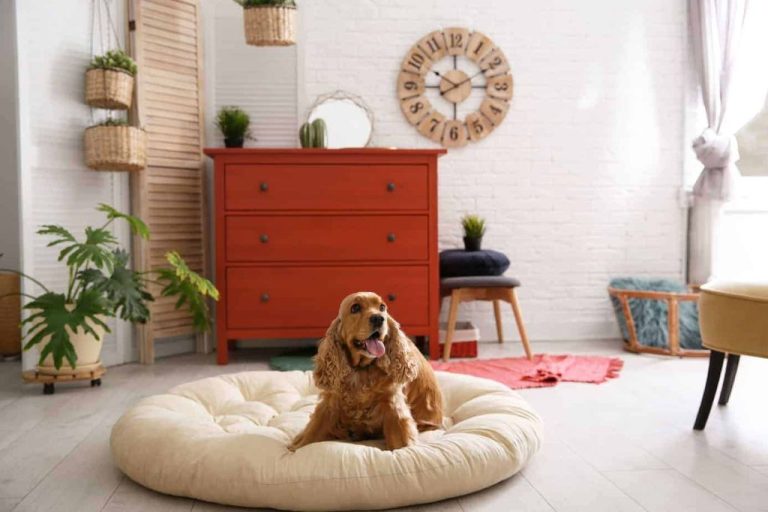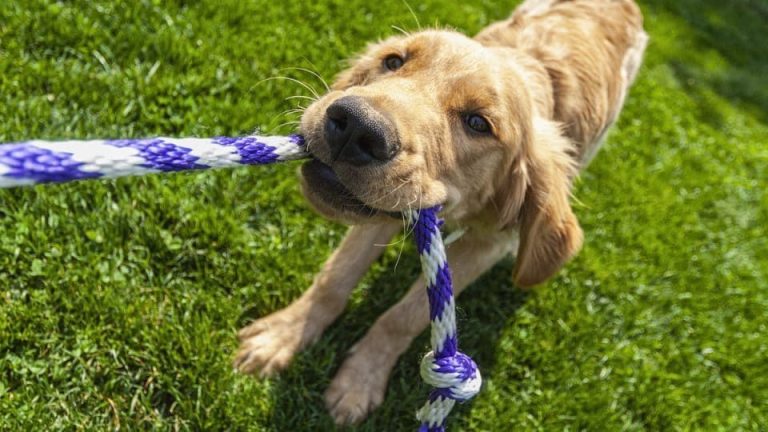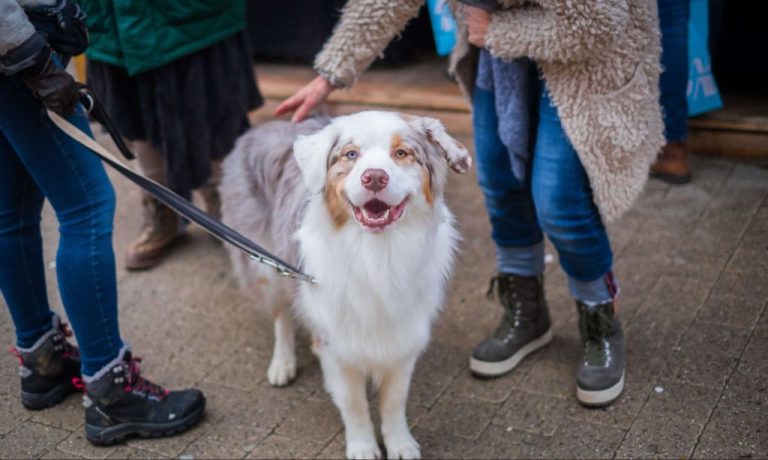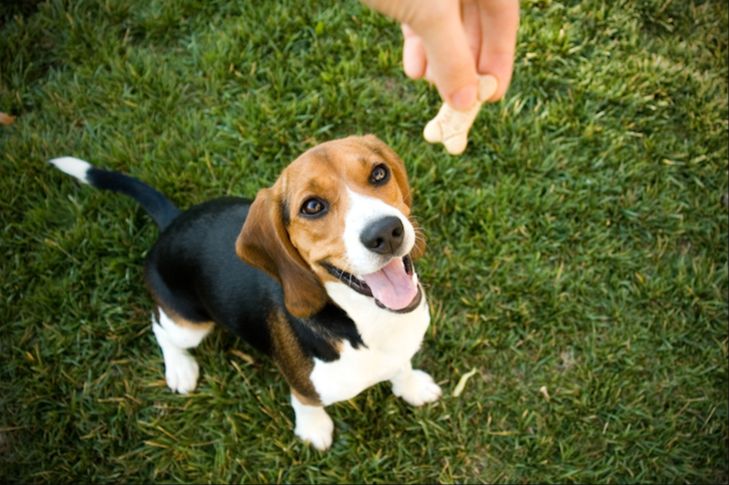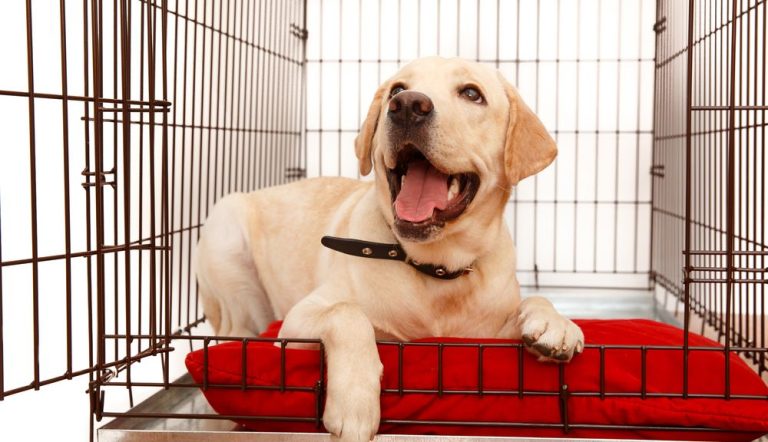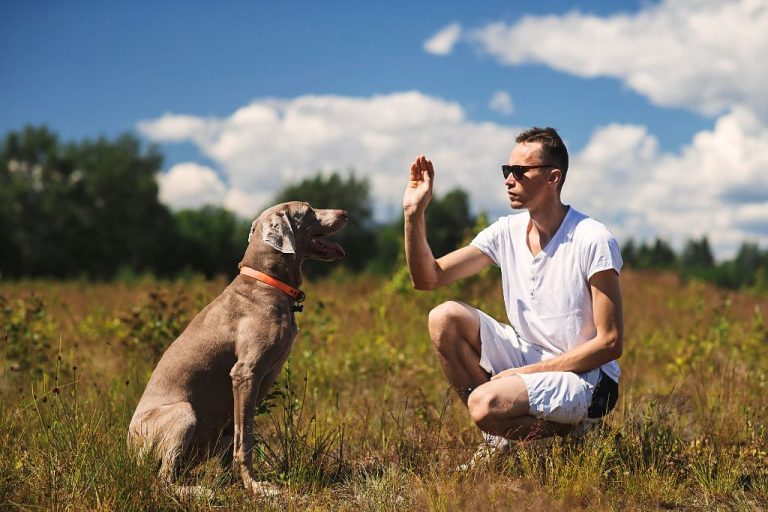A Beginner’S Guide To Basic Dog Grooming Techniques
Dog grooming is the process of bathing, brushing, and trimming a dog’s fur and nails to maintain their health, cleanliness, and appearance. Regular grooming provides many benefits for dogs including:
In this beginner’s guide, we will cover the basics of dog grooming techniques including brushing, bathing, nail trimming, ear cleaning, teeth brushing, eye care, essential tools, and common issues that may arise. We’ll also discuss when to seek professional grooming services. Our goal is to provide dog owners with the key information needed to practice basic grooming at home and keep their canine companions looking and feeling their very best.
Sources:
The importance of dog grooming
Brushing
Brushing is an essential part of maintaining your dog’s coat. Using the right brush for your dog’s coat type will make brushing easier and more effective. There are several types of brushes designed for different coats:
Slicker brushes: Great for short to medium coats. Removes dirt, debris, and tangles from the top coat.1
Bristle brushes: Ideal for short, smooth coats. Distributes oils and stimulates hair follicles.2
Pin brushes: Used for long, silky coats prone to matting. Separates and untangles hair from the undercoat.3
De-matting tool: Helps remove small mats and tangles without cutting hair.
Proper brushing technique is also important. Work in sections and brush all the way down to the skin. Go slow and be gentle, especially around sensitive areas. Always brush in the direction of hair growth.
How often you brush depends on your dog’s coat length and texture. Short-haired dogs can be brushed 1-2 times per week. Long or thick coats need daily brushing to prevent mats and tangles.2 Pay extra attention to prone areas like behind the ears, armpits, and sanitary areas.
Bathing
How often you bathe your dog depends on factors like their breed, coat length, lifestyle, and skin sensitivity. According to the AKC1, dogs with short, smooth coats may only need bathing every few months, while dogs with long or thick coats likely need baths every 4-6 weeks. Bathing too often can dry out your dog’s skin. Discuss an appropriate bathing schedule with your veterinarian.
Before bathing your dog, gather the proper supplies: a tub or basin, dog shampoo, towels, a brush or comb, cotton balls for ears, and treats. Use lukewarm water and dog-specific shampoo. Thoroughly wet your dog’s coat, apply shampoo, massage it in, then rinse. Avoid getting water in your dog’s ears. After bathing, towel dry and brush out their coat to remove tangles. Blow drying can speed drying time.
Proper bathing technique ensures you thoroughly clean your dog while keeping the experience calm and positive. Go slowly, offer praise and treats, and watch for signs of stress. Never leave your dog unattended in the tub.
Nail Clipping
Proper nail care is important for your dog’s health and comfort. Long nails can split and bleed or lead to joint issues if they consistently touch the ground as your dog walks. Having the right supplies on hand will make regular nail trims easier.
You’ll need high-quality nail clippers designed for dogs. Avoid using human nail clippers, as these can split or crush the nail. Look for clippers specifically made for your dog’s nail thickness. Also have styptic powder on hand to stop bleeding if you accidentally clip the quick.
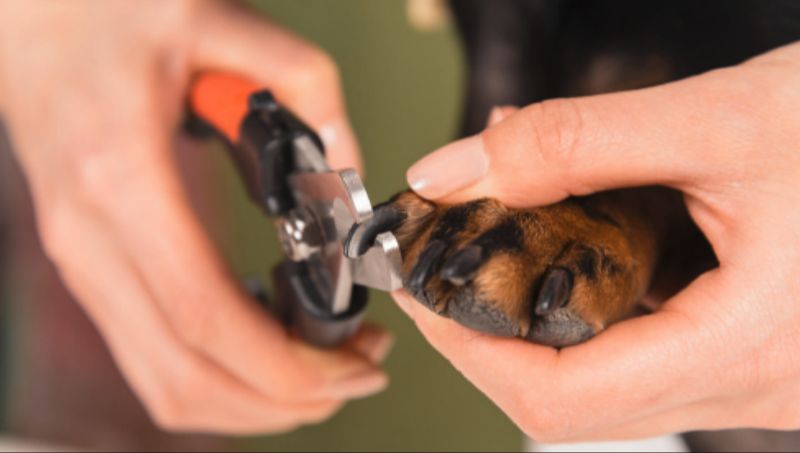
To clip, hold your dog’s paw firmly and extend the toe to expose the nail. Position the clippers perpendicular to the nail and trim just before the quick, the pinkish area where blood vessels are visible. Cut a small amount at a time to avoid hitting the quick, which will be painful and cause bleeding. If this happens, apply styptic powder.
Filing your dog’s nails with a nail file or grinder is another safe option. These gently smooth the nail down to an appropriate length while reducing sharp edges. Introduce filing slowly and reward your dog during the process until they are comfortable.
Clipping about once a month will keep your dog’s nails short for health and comfort. More frequent trims may be needed for some dogs. Aim for nails that don’t touch the ground while standing. If you can hear them click on the floor, they are likely too long. Ask your groomer or vet to demonstrate proper technique if uncertain.
Ear Cleaning
Keeping your dog’s ears clean is an important part of grooming. Signs that your dog’s ears need cleaning include redness, swelling, discharge, odor, scratching, head shaking, and crusty buildup. Left untreated, ear infections can develop.
Supplies you’ll need for cleaning your dog’s ears include cotton balls or gauze, a vet-recommended dog ear cleaning solution, and a clean dry towel. Avoid using cotton swabs or inserting anything into the ear canal, as this can damage the ear. The best way to clean most dogs’ ears is by filling the ear with solution, massaging the base, and wiping away debris with cotton balls.
To clean your dog’s ears:
- Warm the ear cleaning solution to body temperature, as cold solution can cause dizziness.
- Fill the ear canal with solution until you see it reach the outer part of the ear.
- Gently massage the base of the ear to loosen debris and wax.
- Let your dog shake their head to bring debris to the outer ear.
- Use cotton balls to gently wipe out visible wax, discharge and debris.
- Repeat until cotton comes out clean.
- Dry your dog’s ears thoroughly with a towel.
Be very gentle, stopping if your dog seems uncomfortable. Regular ear cleaning can prevent painful infections. See your veterinarian promptly if you observe signs of infection. With proper technique and care, ear cleaning can be easy and comfortable for both you and your dog.
Teeth Brushing
Proper dental care is extremely important for your dog’s health. According to the VCA, periodontal disease is the most common clinical condition in dogs affecting over 80% of dogs by the age of three.
There are toothbrushes and toothpastes made specifically for dogs. It’s best to use products formulated for dogs instead of human products to avoid stomach upset. Dog toothbrushes come in fingerbrush styles as well as regular brush styles. Choose a toothbrush style based on what works best for you and your dog.
The proper technique is to gently brush the outer surfaces of the teeth in small circular motions. Lift your dog’s lips to expose the teeth and brush all surfaces – front, back and chewing surfaces. Take care not to brush too hard and damage the gums.
According to PetCo, you should aim to brush your dog’s teeth at least 1-2 times per week. However, daily brushing is ideal if your dog will tolerate it. Consistency is key – set up a routine so brushing becomes part of your dog’s regular care.
Eye Care
It’s important to regularly check your dog’s eyes for any potential signs of eye issues or infection. Some signs that your dog may be developing an eye problem include excessive tearing, redness, swelling, discharge, squinting, pawing at the eyes, or crusty material around the eyes.
To help keep your dog’s eyes clean and healthy, you can use a soft, damp cloth to gently wipe away any discharge or debris around the eyes once a day. Only wipe from the inner corner of the eye outward. You can also use a specially formulated dog eye wash if needed. Apply eye wash to a cotton ball and gently wipe over your dog’s closed eyelids. Be very careful not to get any eye wash directly in the eye.
Some common eye issues in dogs that may require veterinary treatment include conjunctivitis (eye infection), corneal ulcers, dry eye, glaucoma, and cataracts. It’s important to take your dog to the vet promptly if you notice persistent eye discharge, squinting, redness, or any other abnormality. The vet can prescribe medicated eye drops, ointments, or other treatments to clear up eye problems and prevent complications.
Sources:
https://www.undertheweatherpet.com/blogs/under-the-weather/focus-in-on-your-dogs-eye-health
https://www.nvisioncenters.com/eye-care-for-dogs-guide/
Grooming Tools
Having the right grooming tools is essential for properly grooming a dog at home. There are certain basic tools every dog owner should have on hand. Must-have grooming tools for home include:
- Slicker brush – removes tangles and loose hair
- Undercoat rake – removes dead undercoat
- Nail clippers – trims overgrown nails
- Ear cleaner – keeps ears clean and healthy
- Toothbrush and toothpaste – maintains dental hygiene
It’s important to learn how to properly use and maintain grooming tools. Always brush in the direction of hair growth and avoid brushing areas with tangles until you’ve worked them out with your fingers. Regularly clean tools to remove hair and dirt buildup. Replace worn-out brushes and clippers when they become less effective. Investing in quality tools will make grooming easier and last longer.
With the right tools and proper technique, dog owners can keep their pets well-groomed at home between professional grooming appointments.
Grooming your dog at home can help avoid many common issues that may occur if grooming is neglected. However, you may still encounter some problems. Being able to identify and address them is key.
Common Issues
Excess shedding can be a nuisance. Regular brushing can help remove loose hair and distribute skin oils to keep the coat healthy. Bathe and brush more frequently during heavy shedding seasons 1.
Mattes and tangles are painful and can trap debris and moisture against the skin, leading to irritation. Carefully work mats out little by little using detangling spray and appropriate tools. Severe mats may require shaving. Regular brushing/combing and bathing can help prevent mats.
Skin irritations like hot spots can develop from incomplete drying, parasites, allergies, and other factors. Keep the coat clean and skin dry. Consult a veterinarian if irritation persists 2.
Nail trimming should be regular to avoid overgrowth and splitting, which is painful. Grinding is safer than clipping for black or fragile nails. Go slowly and only take small amounts off at a time.
Dirty ears can lead to infection. Check and gently wipe outer ears weekly. Seek veterinary care if discharge, odor or redness persists.
Unbrushed teeth accumulate harmful plaque and tartar. Regular toothbrushing and dental treats/chews help provide care.
Professional Grooming
There are some situations where it is best to take your dog to a professional groomer instead of grooming them at home. According to 5 Benefits of Professional Dog Grooming, professional groomers have the proper tools, training, and expertise for more complicated grooming needs.
You may want to take your dog to a professional groomer if they have severely matted fur, need specialized haircuts like show cuts, or require sanitary trims or anal gland expression. Professional groomers can also fully bathe dogs, safely use high velocity dryers, and properly trim around sensitive areas like the eyes, ears, and paws.
When going to a grooming appointment, be prepared to explain what type of cut or services you want for your dog. Bring any reference photos or instructions. Groomers may ask about your dog’s behavior and health to determine the best approach. Discuss any sensitive areas or concerns you may have. After the appointment, inspect your dog’s coat and skin for any issues that may need monitoring.
Professional grooming maintains your dog’s coat, nails, skin, ears, and teeth between at-home grooming sessions. While an investment, the benefits of professional grooming include health checks, a thorough clean, and a properly styled coat.

